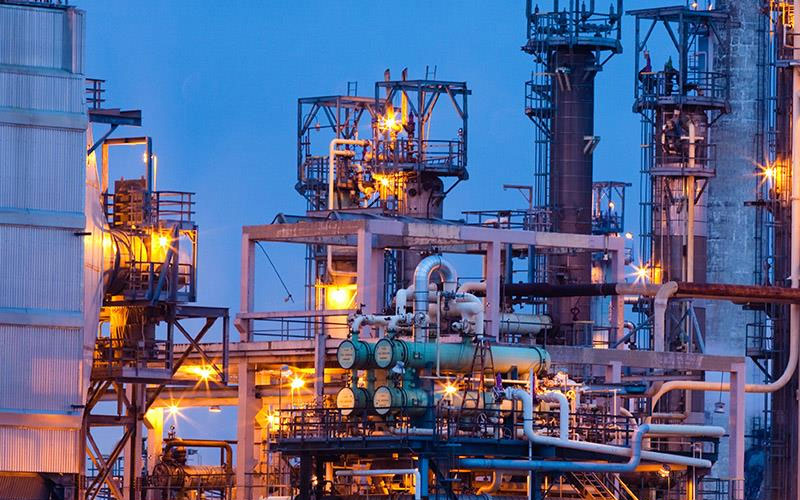Drilling plays a very important role in various tasks of petroleum exploration and oilfield development, such as finding and confirming oil-bearing structures, obtaining industrial oil flow, proving the oil-bearing area and reserves of proven oil-bearing (gas) structures, obtaining the geological data and development data of related oil fields, and finally bringing oil from underground to the surface, etc., all of them are completed by drilling. Drilling is an important link in the exploration and exploitation of oil and gas resources and an important means to explore and develop oil.
Drilling is to exert a certain pressure on the drill bit, and drive the drill bit to rotate to break formation rock. After the rock is broken at the bottom of the hole, the cuttings generated are carried to the surface through circulating drilling fluid.
In general, a well should be drilled several times during the drilling process, and the number of times will vary depending on the depth and formation conditions.
First run: A large hole is drilled from the surface to a designed depth and the surface casing is run.
Second run: Drill through the surface casing with a smaller bit. If the formation is not complex, drill directly to the target zone and finish the well with casing in the reservoir. If the formation is complex and difficult to control with drilling fluid, technical casing should be run.
NI SCXI-1125 | Voltage input module
 中文版
中文版





